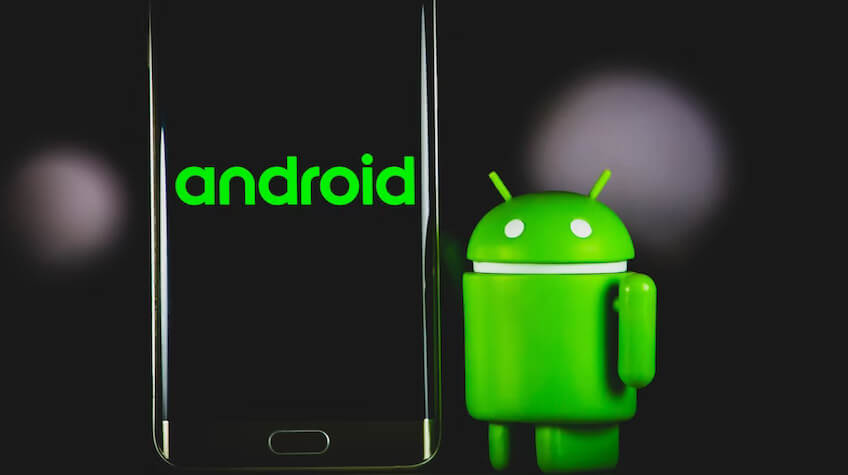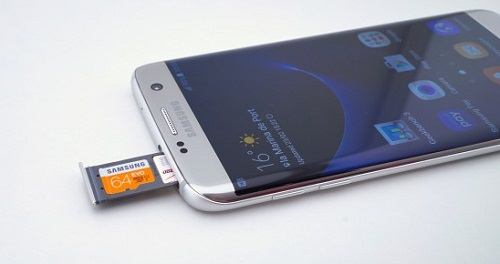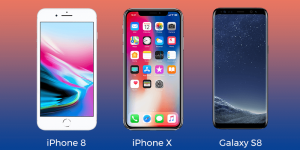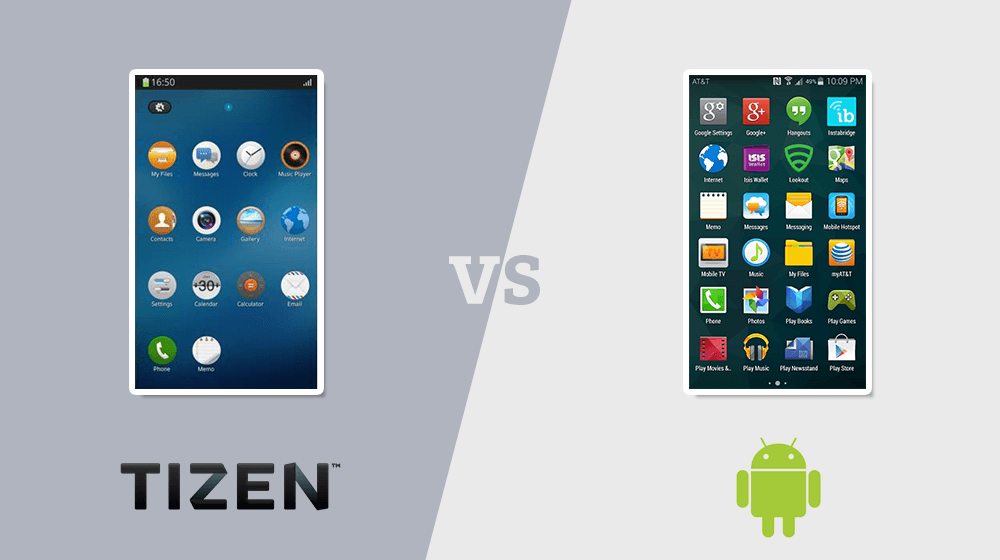
Android phones, like NFL odds, have gained immense popularity worldwide. It has evolved beyond recognition since its initial release in 2008 and now powers some of the best phones ever created. However, with the introduction of other operating systems like iOS, many users are beginning to wonder if the android operating system is a train worth staying on.
Are Android phones worth holding onto merely because they tend to be more affordable? Should you ditch your Android because you have enough funds to obtain an iOS-enabled device? The answers to these questions will boil down to your preferences, but we will help you make a more informed decision by explaining the features and benefits of android phones.
Features of Android Phone
Read on for a detailed review of the features of android phones:
1. Multitasking
Android’s multitasking prowess stands out with multi-window support, enabling users to run multiple apps concurrently and effortlessly. Quick app switching enhances the multitasking experience, ensuring seamless transitions between applications. This feature-rich environment empowers users to boost productivity by simultaneously managing various tasks.
Android’s commitment to multitasking convenience reflects a user-centric approach, offering a responsive and fluid interface tailored to modern lifestyles. Android’s multitasking capabilities provide users with a streamlined and efficient mobile experience, whether toggling between work and entertainment or juggling multiple tasks.
2. Google Integration and Services
Android phones excel in seamless Google integration, offering users a cohesive experience within the Google ecosystem. From effortless syncing with Gmail and Google Calendar to easy access to files on Google Drive, the integration simplifies daily tasks.
This synergy extends to Google Assistant, enhancing user convenience. Android’s design ensures that those heavily reliant on Google services find their apps and information seamlessly interconnected. This harmonious collaboration between Android devices and Google’s suite of applications contributes to a streamlined and user-friendly digital experience.
3. Open-Source Nature
Android’s open-source nature is a game-changer, allowing developers and manufacturers to tweak the software to their liking. This openness sparks innovation, creating diverse user interfaces and many device options. Users benefit from custom ROMs, offering unique experiences or extra features beyond the stock system.
The open environment fosters a dynamic ecosystem, giving users various choices in devices, features, and software experiences. This collaborative and evolving approach sets Android apart, creating a landscape where creativity flourishes, and users enjoy various customizable options.
4. A Strong Processor
A robust Android phone boasts a formidable processor as a key feature, ensuring seamless multitasking and swift performance. The heart of the device, this powerful processor enables quick app launches, smooth navigation, and efficient handling of resource-intensive tasks.
Whether gaming, streaming, or handling productivity apps, a strong processor enhances the overall user experience, making the device responsive and capable. This pivotal feature ensures users enjoy the full spectrum of functionalities on their Android phones with speed and efficiency, setting the foundation for a dynamic and satisfying mobile experience.
5. An Optimized Camera System
An optimized camera system is a hallmark feature of cutting-edge Android phones, providing users with a superior photography and videography experience. Meticulously designed and fine-tuned, this system seamlessly integrates advanced sensors, lenses, and image-processing technologies.
It excels in various lighting conditions and shooting scenarios, capturing moments with precision and clarity. From vibrant landscapes to detailed close-ups, the optimized camera system ensures users can effortlessly create stunning visuals. With features like intelligent autofocus and enhanced low-light performance, it elevates the art of mobile photography, empowering users to express their creativity effortlessly.
6. Alternate Keyboards
Diversifying user experience, Android phones embrace alternate keyboards as a distinctive feature. These innovative keyboards offer customizable layouts, gestures, and predictive text functionalities, tailoring the typing experience to individual preferences.
Whether swiping for swift input or personalizing with themes, alternate keyboards enhance efficiency and personal expression. Embracing a range of languages and input methods, they cater to diverse global users. With the flexibility to choose from various keyboard options, Android users can elevate their text input experience, fostering a sense of individuality and comfort in communication on their mobile devices.
7. Infrared Transmission
Incorporating futuristic connectivity, Android phones integrate infrared transmission as a sophisticated feature. This technology allows devices to communicate seamlessly through infrared signals, enabling functions like remote control operations and data transfer. With the capability to interact with various appliances and gadgets, from TVs to smart home devices, infrared transmission enhances the phone’s versatility.
Users can effortlessly command and coordinate their surroundings, bridging the gap between their Android device and the wider spectrum of infrared-enabled electronics. This innovative inclusion adds a layer of convenience, transforming Android phones into powerful hubs for seamless control and connectivity.
8. No-Touch Control
No-touch control emerges as a revolutionary feature in Android phones, redefining user interaction. Utilizing cutting-edge sensor technology, this innovation allows users to navigate their devices without physical contact. Gestures and motions become the language, enabling tasks like answering calls, scrolling, or capturing photos with a hand wave.
Beyond convenience, no-touch control enhances hygiene by minimizing surface contact. This futuristic capability augments user experience and addresses the growing need for hands-free functionality in various scenarios, from cooking in the kitchen to navigating busy urban environments.
9. Storage And Battery Swap
Elevating user convenience, Android phones feature storage and battery swap options. Users can effortlessly expand storage capacity through microSD cards, accommodating a burgeoning library of apps, media, and files. The innovative battery-swap capability allows users to easily replace or upgrade their device’s battery, ensuring uninterrupted usage.
This dual flexibility caters to evolving needs, empowering users to adapt their phones to changing demands without compromising performance. Expandable storage and battery swap synergy exemplifies Android’s commitment to user-centric design, providing a tailored and adaptable mobile experience.
10. Direct USB Access
Android phones embrace direct USB access as a pivotal feature, revolutionizing data transfer and connectivity. This functionality lets users connect their devices directly to external storage, peripherals, or other compatible devices using a USB cable. The seamless integration of USB access enhances versatility, enabling swift file transfers and facilitating a direct link between the phone and various USB-enabled devices.
This convenient and efficient approach exemplifies Android’s commitment to providing users with streamlined connectivity options, empowering them with direct and flexible access to various external devices through a universal and widely adopted standard.
Benefits of Android Phone
Read on for a detailed review of the advantages of android phones:
1. You Have a Lot More Options in Android Hardware
Android options come in various sizes, shapes, feature sets, and price points. It can get dull when there is no flexibility in your phone selections. Android has covered you if you need a screen that can rotate, a camera that flips, and even phones that fold and expand.
Variety has not stopped being an essential spice of life, and android phones have you covered in that aspect.
Other Post: Proven Strategies to Secure SBC VoIP Communication Network
2. Universal USB Cables
USB Type C ports are universal. Your Android phone has it, Your Laptop has it, and even your iPads and Macbooks use it. It certainly makes it easier to use one USB cable for charging, file transfer, and as a display port.
3. File Management

The Android OS offers a pretty easy platform for downloading and transferring files, unlike the iOS, which might restrict specific downloads from unconfirmed sources or sharing files from phones with a different OS.
4. You can Replace the Launcher
The rigid home screen of an iPhone can be frustrating. Each program gives you a single icon, which you may organize into folders across various displays. But you can only change their order; you can’t rearrange the icons themselves. As a result, managing the home screen is similar to resolving a Rubik’s Cube.
On an Android device, it is simple to swap out the default launcher. The main advantage is that you may switch out the default launcher for the one you prefer.
Also Read: How to Upgrade Your Business Phone System
5. Compatibility
Owning an Android phone is like owning a portable computer. With these phones, you may enjoy your favorite websites, social networks, NFL lines, and email. Most websites that are typically run on PCs can run on Android smartphones. It is due to HTML5’s compatibility with Android phones.
6. Widgets
In the Benefits of Android Phones, widgets play a pivotal role. These handy tools adorn the home screen, offering quick access to vital information and functions. Android’s widget allows users to customize their screens with weather updates, calendar events, and news bites, fostering a personalized and efficient mobile experience.
Widgets exemplify Android’s user-friendly approach, enabling individuals to streamline tasks and easily access essential information. The flexibility to arrange and interact with widgets directly from the home screen amplifies Android phones’ overall usability and convenience, reinforcing their position as user-centric and adaptable devices.
7. Personalization
One standout aspect contributing to the Benefits of Android Phones is unparalleled personalization. Android’s user-centric approach empowers individuals to tailor their device experience extensively. From vibrant themes to customizable widgets and varied app launchers, users can effortlessly shape their smartphone interface.
This high level of personalization ensures that each Android phone reflects its owner’s unique preferences and sense of style. Ultimately, Android’s commitment to personalization enhances user satisfaction, making every interaction with the device a distinctly personalized and enjoyable experience.
8. Customization Of Android Phones
One of the standout Benefits of Android Phones lies in their exceptional customization capabilities. Android empowers users to mold their device experience according to individual tastes. With a myriad of themes, wallpapers, and widgets, personalization becomes a breeze. This feature allows users to create a smartphone interface that aligns perfectly with their style and preferences.
The customization options are virtually limitless, from adjusting the layout to selecting specific app icons. This emphasis on personalization ensures that each Android phone reflects its owner’s personality, enhancing user satisfaction and fostering a more engaging and enjoyable mobile experience.
9. Expandable Storage

An expensive upgrade is needed to increase the memory capacity of an iPhone or iPad. However, many Android devices offer expandable microSD card slots, which make it easier for the user to have as much space as he needs on his mobile device.
10. App Accessibility
Most Apps for Android devices are on the Google Play Store. However, The Android OS allows its users to download apps from other sources by making different preferences in their settings. It is essential to run it through antivirus apps to combat virus exposure from third-party sources.
11. Prices
The truth is price range almost always impacts the kind of phone we are willing to purchase. Fortunately, Android devices are available in virtually every price range you can afford. That means you can list the features you need for your device and browse the heavily saturated market of Android phones to find ones that meet your exact needs.
You also do not have to settle for any offers because there are many Android-compatible products, which means you can ditch what you do not like and stick to what you prefer. iOS phones do not provide this flexibility. If you have enough money to purchase flagship phones, Android OS also provides highly developed phones that give iPhones a run for their money and allow for flexibility.
Like Vegas NFL odds, the best phones for you will depend on your preference, the tasks you use your phone for, and your price margin. The good thing is Android phones have models that cut across unique tastes and needs, and while they might have their shortcomings, it is impossible to deny there must be a reason why they are so popular in the mobile device market.






